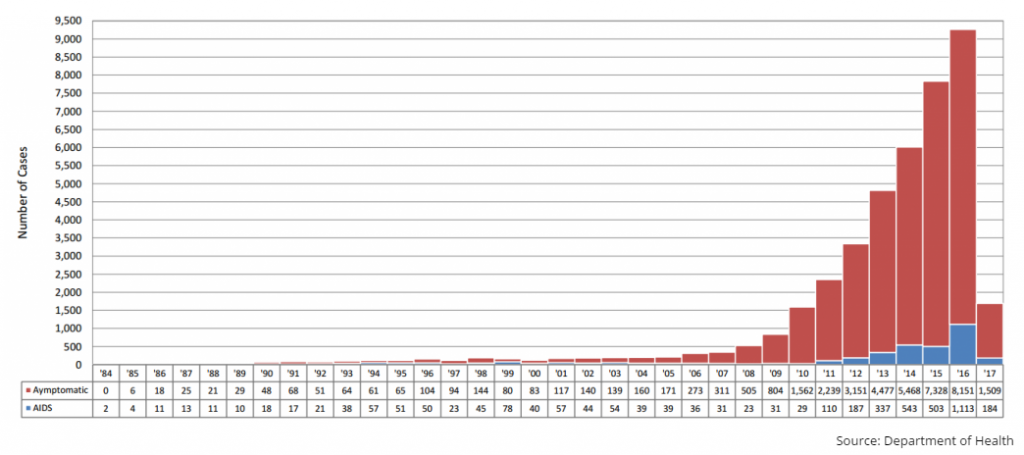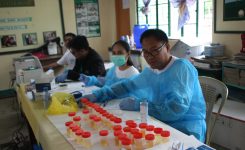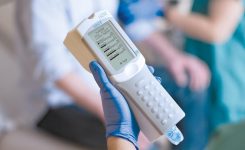Blog
February Sets New Record with 849 HIV Cases
Highest so far
According to the HIV/AIDS Registry of the Philippines, February saw a remarkable rise in HIV cases with 849 individuals reported to be positive. This data, which was also made available on the Department of Health website, marks the highest monthly count in reported cases since 1984. This would mean that an average of 28 cases were being reported everyday for the whole month. February’s statistics upped last month’s 844 cases which was considered the highest at the time. This upwards trend in the number of HIV cases does not bode well for our country’s current health conditions. HIV or the human immunodeficiency virus is known to cause the fatal acquired immune deficiency syndrome (AIDS) which has already claimed 128 lives within the year’s first two months.
By the numbers









